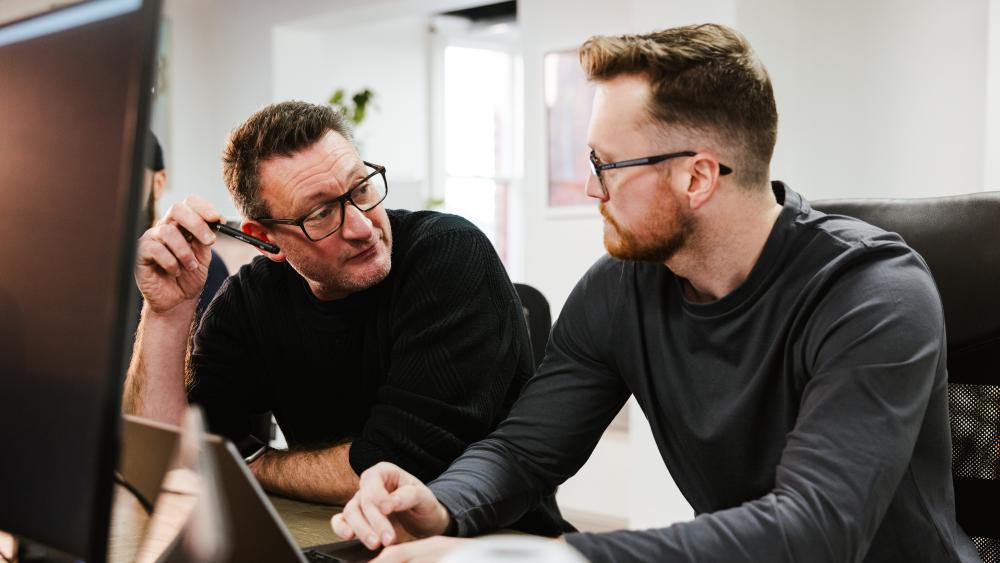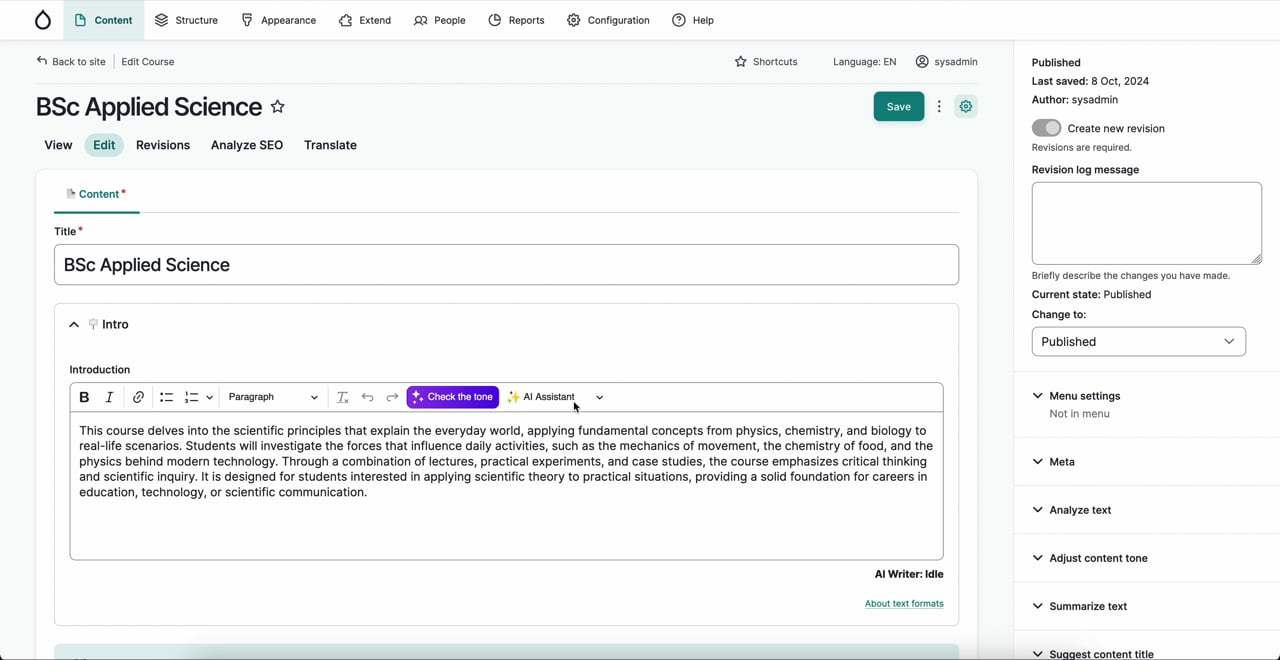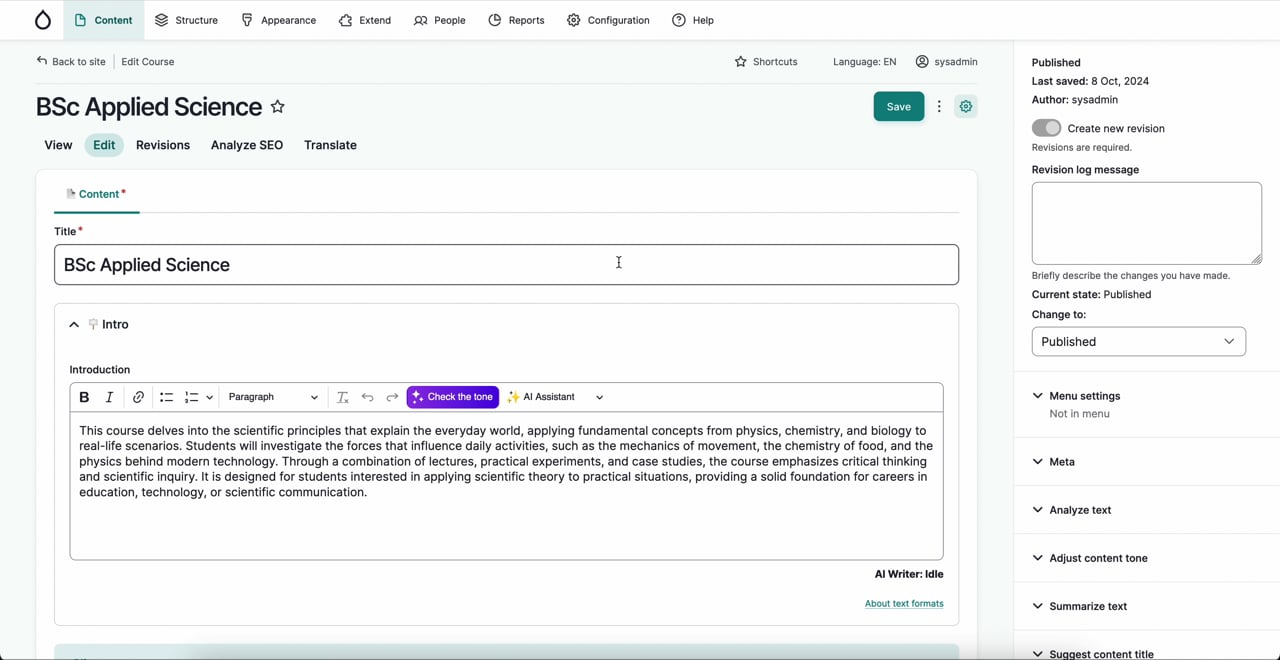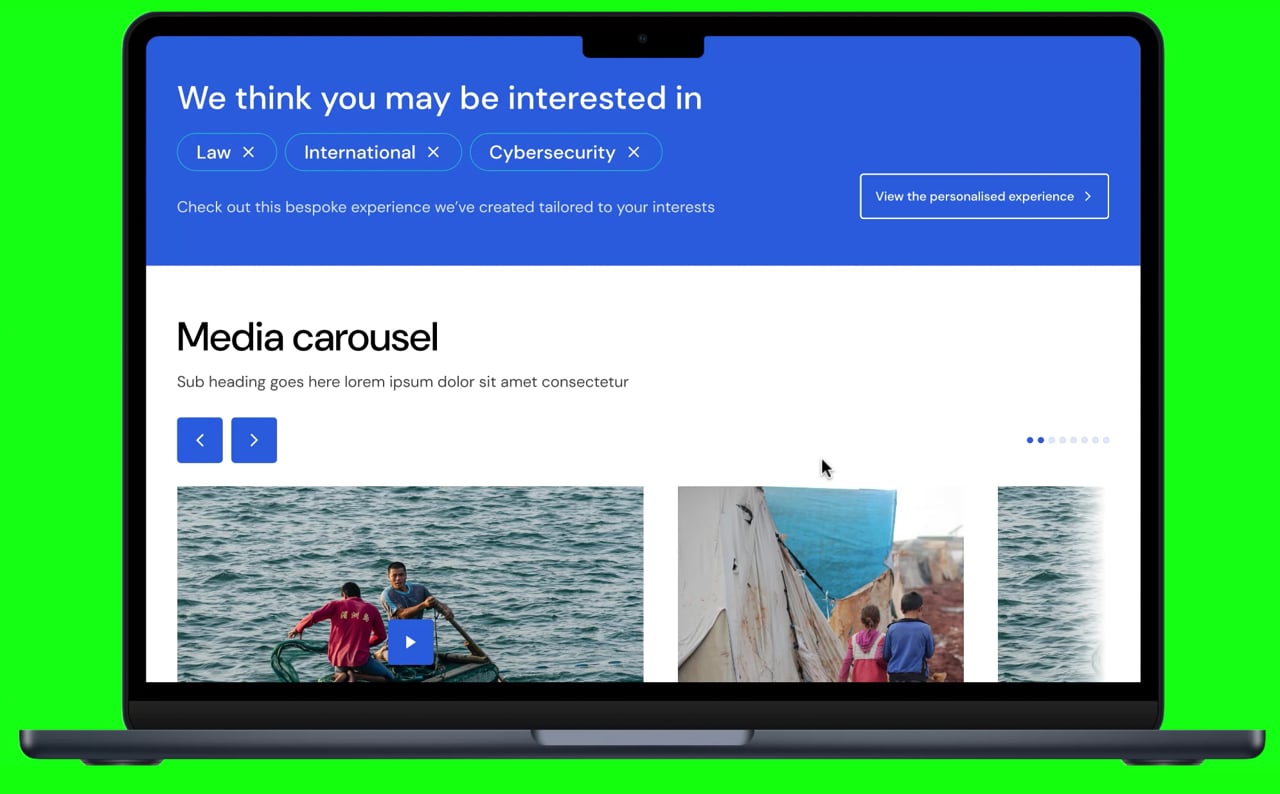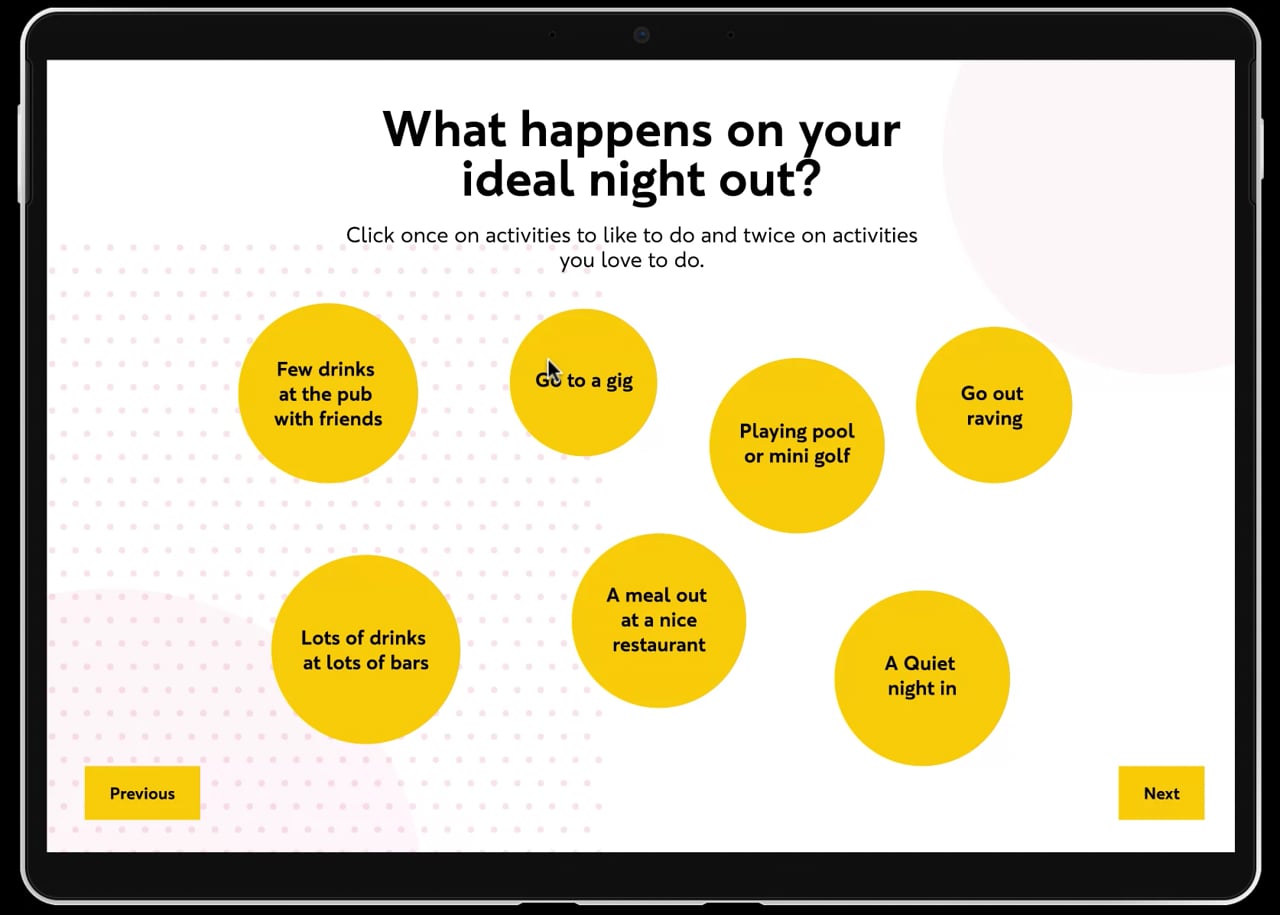What tools could our teams create in a day to tackle the challenges facing the higher education sector?
We love exploring how tech can be creatively applied to solve tricky challenges. For our recent hackday, we applied our design, tech and creative thinking skills to addressing some of the most pressing challenges facing the HE sector. These challenges had come directly from the universities we work with, so we knew we were working on the real priorities of digital teams in the sector.
We split into four teams and spent the day brainstorming, developing prototypes, and exploring how emerging technologies could offer new solutions. Here's a look at the solutions the teams developed and the key takeaways from this exciting day of creativity and collaboration.
